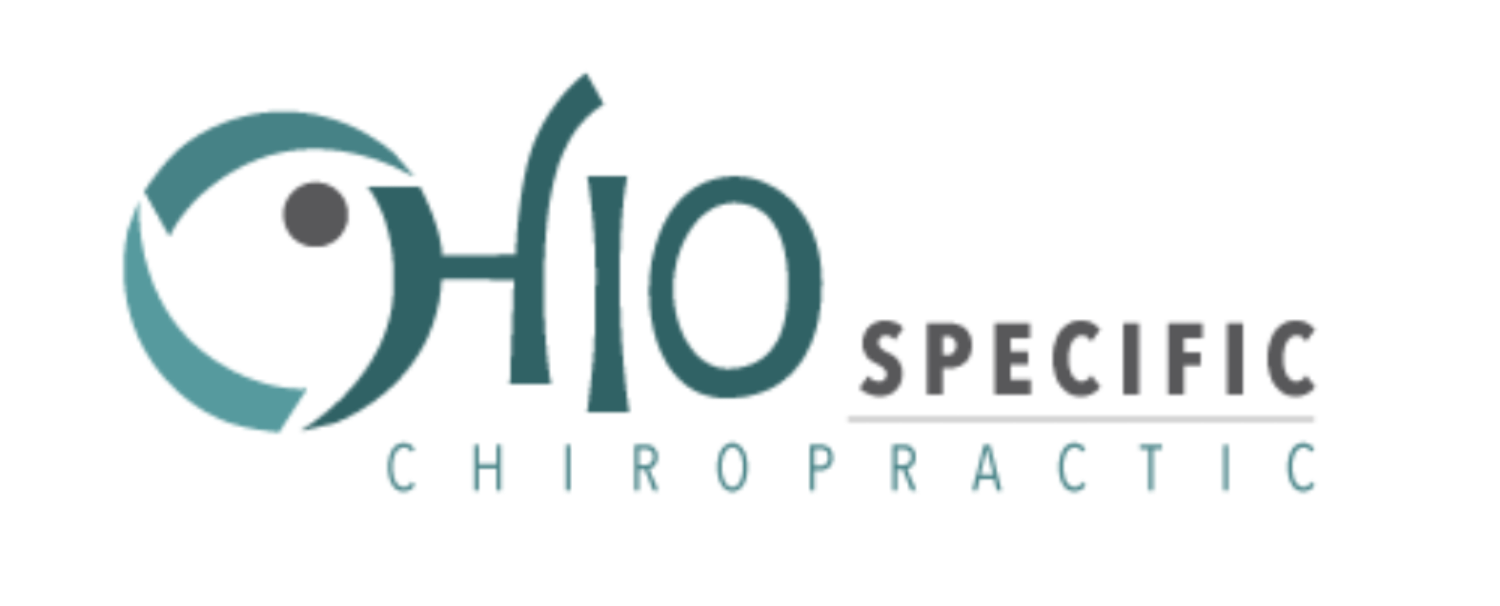ADD and ADHD and the Upper Cervical Spine
In the upper cervical spine, there are four main structures to focus on. They are:
The Foramen Magnum of the Occipital bone
The Atlas vertebra (1st cervical bone)
The Axis vertebra (2nd cervical bone)
The Brainstem of the Nerve System.
The Brainstem exits from the Foramen Magnum. The Atlas and Axis bones protect and surround the Brainstem. The brainstem connects all the nerves from the brain to the nerves of the body.
Regarding ADD and ADHD the secondary focus is on the Reticular Activating System
The Reticular Activating System (RAS) is a component of the Reticular Formation. The Reticular Formation is found throughout the Brainstem and makes up the “switchboard operator” function of the Brainstem. The Brainstem collects and organizes all the stored information and energy from the brain above and passes it off to the body below. It also receives all the stimulation from the body below and transfers and organizes it to the brain above for interpretation. The Reticular Activating System assists with consciousness, the regulation of arousal and sleep−wake transitions, motivation and emotion. The RAS helps “filter” pertinent stimulation and information between the brain and body senses in order to maintain relative cohesion between us and our environment.
The Nerve System in general has four main functions:
It controls all the movements we make
Senses everything we feel
Regulates all our body organs
Relates us to the outside world
When nerves get stressed, it effects their sensitivity, perception and behavior to perform these functions. There are three types of stresses we deal with in life. The stresses are physical, chemical and emotional in nature. These stresses create nerve tension and spine imbalance.
One specific job of the brainstem is to adapt to these stresses and help bring the spine back into balance. If the stresses are too great for the brainstem to adapt, compensations arise. One particular compensation that occurs in the upper cervical spine is a vertebral subluxation.
A vertebral subluxation will cause the Atlas and Axis bones to get locked in a misaligned position. This lock will perpetuate spine imbalance and Nerve System tension. This tension will lead to abnormal sensitivity, perception and behavior of the brainstem and surrounding nerves. Nerve System function is disrupted.
Over time, this disruption can lead to symptoms of the involved nerve structures. The usual symptoms of ADD and ADHD are:
Being unable to sit still, especially in calm or quiet surroundings.
Constantly fidgeting.
Being unable to concentrate on tasks.
Excessive physical movement.
Excessive talking.
Acting without thinking.
Impulsiveness
Disorganization and problems prioritizing
Excessive activity or restlessness
Poor planning
Low frustration tolerance
Frequent mood swings
Hot temper
Trouble coping with stress
If we reference the Reticular Activating System we can see that it associates with ADD and ADHD symptoms.
The goal of Chiropractic is not to medically treat the symptoms of ADD and ADHD. The aim of Chiropractic is to correct nerve tension and spine imbalance. Chiropractors correct this by adjusting the vertebral subluxation of the upper cervical spine.
Correcting the subluxation better optimizes the function of the brainstem and associated nerves. The Nerve System overall can sense, perceive and behave at a greater potential when a subluxation is corrected.
- Jarek Esarco, DC, CACCP
Related Blogs:
Top 5 Child Disorders That Start With The Letter "A"
"If The Problem Is In The Brain, Why Adjust The Spine?"
Autism and the Upper Cervical Spine
Motor Tics and the Upper Cervical Spine




